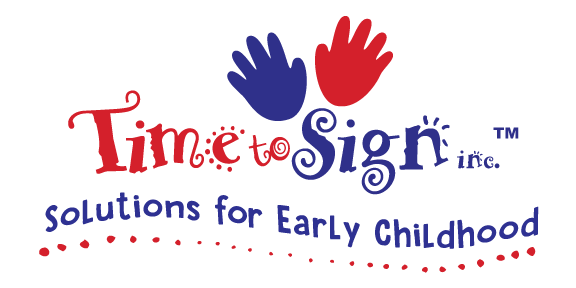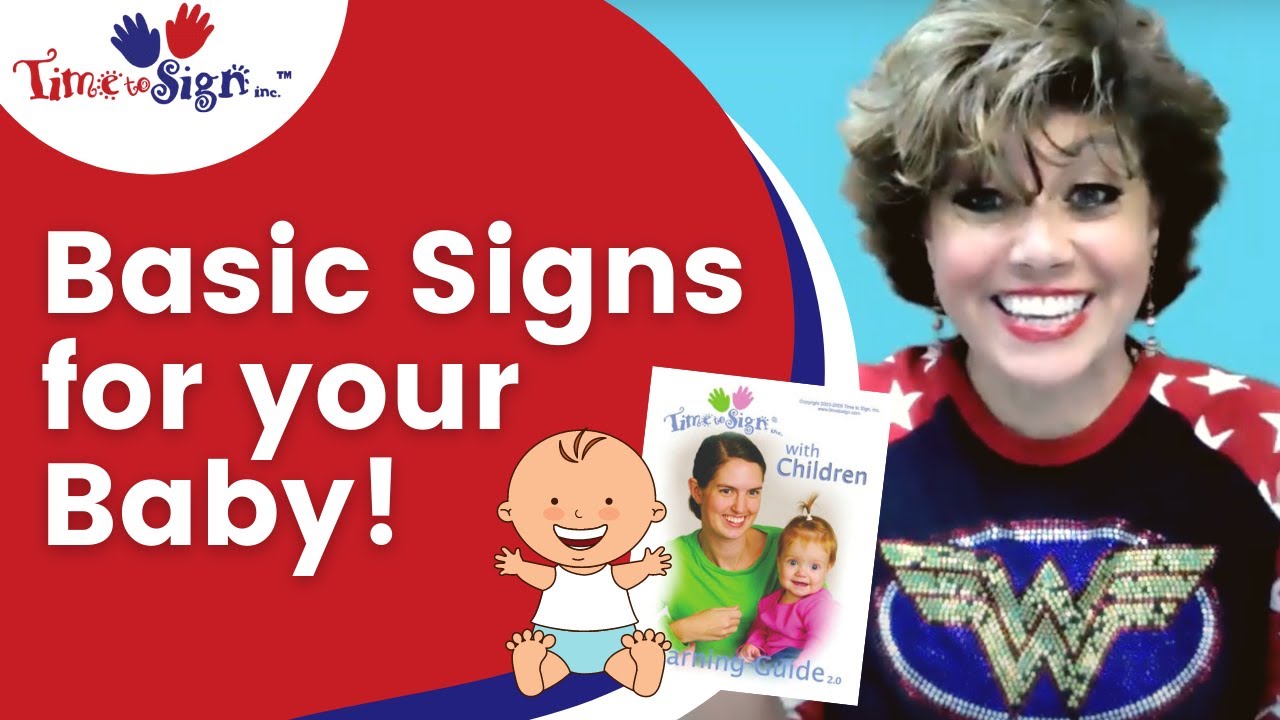Signs of Growth and Enhancing Early Development with Sign Language

Unlocking Potential: The Benefits of Sign Language in Early Childhood Development
As an early childhood educator and sign language expert, I have observed the profound impact sign language can have on early childhood development. Sign language, often associated exclusively with the deaf and hard of hearing community, is an invaluable tool for all young learners. This blog explores the multifaceted benefits of integrating sign language into early childhood education.
The Power of Sign Language in Early Childhood
Sign language in early childhood is more than just a communication method; it’s a bridge to a world of enhanced understanding and expression. Here’s how it positively influences development:
-
Early Communication Skills: Before they can articulate words, young children can express needs, desires, and feelings through signs. This early form of communication can diminish frustration and promote a sense of autonomy.
-
Cognitive Growth: Exposure to sign language has been linked to advanced language, memory, and spatial reasoning skills. It engages parts of the brain responsible for language and comprehension, fostering cognitive development. On average 12 IQ points!
-
Inclusive and Diverse Learning: Using sign language in early education instills an appreciation for diversity and inclusivity. It introduces children to different modes of communication, fostering an environment of empathy and understanding.
-
Enhanced Motor Skills: Learning to sign involves coordination, dexterity, and fine motor skill development. These are crucial in the early stages of physical development.
-
Emotional Development: Sign language provides children with a tool to express emotions effectively. This ability to communicate feelings can lead to better emotional regulation and understanding.
Implementing Sign Language in Early Childhood Settings
Integrating sign language into early childhood education isn’t just beneficial; it’s also practical and achievable:
-
Begin with Basics: Introduce simple, relevant signs that can be easily incorporated into daily routines. Words like “eat,” “drink,” “more,” and “play” are excellent starting points.
-
Interactive and Engaging: Use songs, stories, and games that include sign language. These interactive methods make learning enjoyable and memorable.
-
Consistency: Regular use of sign language solidifies learning. Incorporate signs into everyday activities for continuous reinforcement.
-
Family Engagement: Encourage parents to use sign language at home. Providing resources and education can extend the learning environment beyond the classroom.
-
Teacher Training: Equip educators with the necessary training and resources to effectively teach and use sign language in their classrooms.
Conclusion
Introducing sign language in early childhood education offers numerous developmental benefits. It’s a powerful tool for enhancing communication, cognitive abilities, emotional regulation, and much more. By embracing sign language, we open a world of opportunities for our young learners, setting a strong foundation for their future growth and success. Let’s empower the next generation with the gift of sign language, fostering a more inclusive, expressive, and understanding world.
Source: https://www.timetosign.com
Tags: #signlanguageearlychildhoodtimetosignearlylearning







PO Box 33831
Indialantic, FL 32903
Call Us: (321) 726-9466